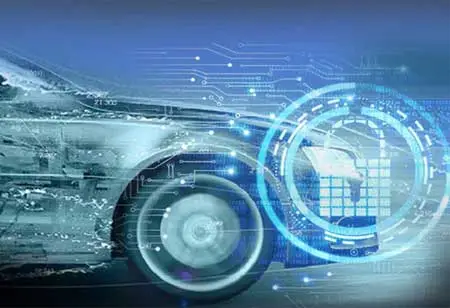Adaptive cruise control systems use radar for distance measurement, but in urban environments, precise position measurement is needed. Current image processing hardware is insufficient for detecting all essential features
Fremont, CA: Sensors are vital to modern automobile design, enhancing safety, efficiency, and comfort. They also facilitate vehicle automation, benefiting the industry by contributing to the development of safer, more efficient, and comfortable vehicles.
Intelligent Observation
Autonomous vehicles require intelligent observability, requiring accurate processing of parametric data like speed, current, pressure, temperature, positioning, proximity detection, and gesture recognition. Advancements in ultrasonic sensors and time-of-flight cameras have improved these technologies, enabling object detection, gesture recognition, distance measurement, and depth information capture.
Ultrasonic Sensors
Automation in vehicles is transforming the automotive sector, with mature technologies adapting to autonomous driving requirements. Ultrasonic sensors in assisted parking systems can measure small distances with 100% accuracy at speeds under 10 km/hour. Combining these with radar and cameras could enhance autonomous driving systems' reliability and effectiveness.
Gesture Recognition
ToF cameras enable drivers to switch from autonomous mode to manual mode in specific scenarios, focusing on the car interior. This technology alerts drivers when they lose concentration or cause the vehicle to drift. It also allows gesture recognition functions like hand swipes to increase radio volume or answer calls. The potential scope of ToF goes beyond these tasks, mapping a driver's entire upper body in 3D and determining head position and hand placement.
3D Mapping Of the Traffic Situation
Adaptive cruise control systems use radar for distance measurement, but in urban environments, precise position measurement is needed. Current image processing hardware is insufficient for detecting all essential features. Lidar, a similar technology, uses light beams to calculate distance and provide detailed 3D rendering. As lidar technologies price decreases, the need for next-generation sensors will increase, defining autonomous driving experiences and holding the key to the automotive industry's future.
The next generation sensors are going to define the autonomous driving experience we've all been dreaming about. Innovation in the areas outlined here will allow cars of the future to provide a clear, constantly updated picture of what's going on, both in relation to the outside and what the people inside are doing. Sensors are therefore the key to the future of the automotive industry.
See Also : Sensor Technology Solutions Companies

 Copyright © 2025 AutoTech Outlook. All Rights Reserved | Privacy Policy | Subscribe | Sitemap | About us | Feedback Policy | Editorial Policy
Copyright © 2025 AutoTech Outlook. All Rights Reserved | Privacy Policy | Subscribe | Sitemap | About us | Feedback Policy | Editorial Policy